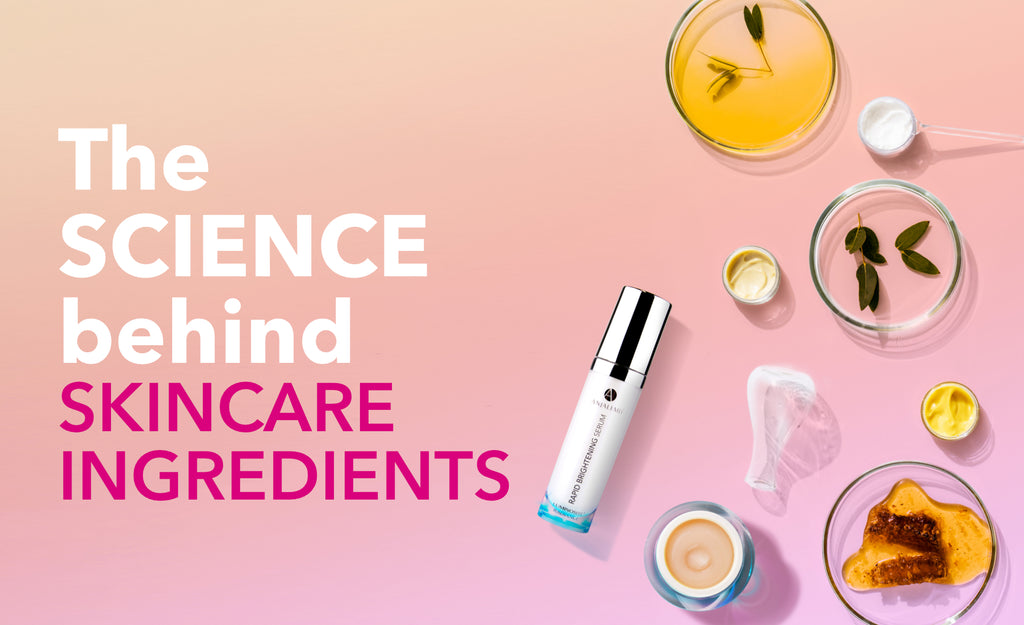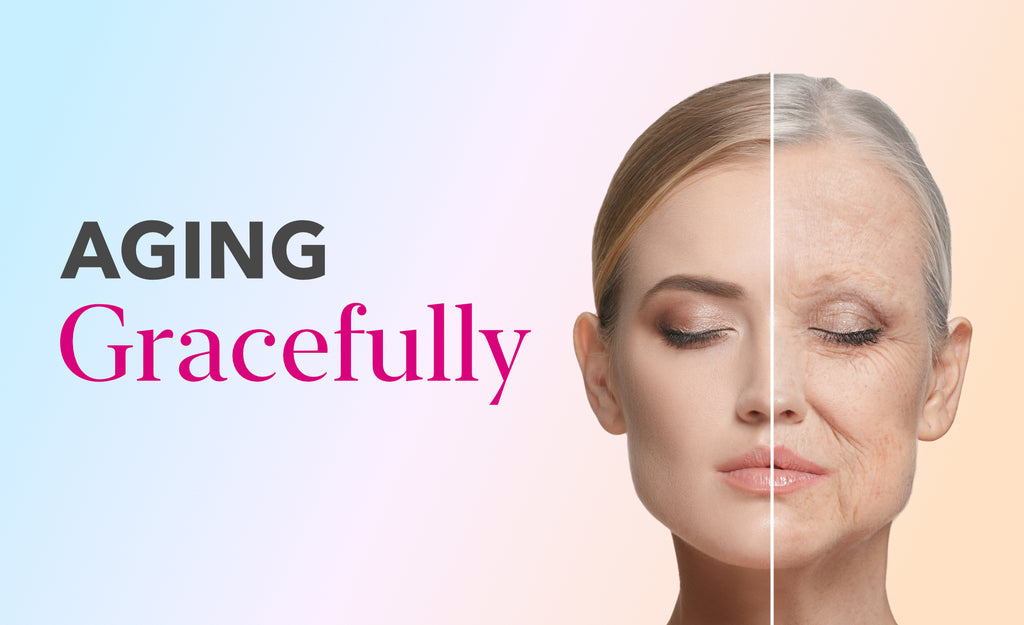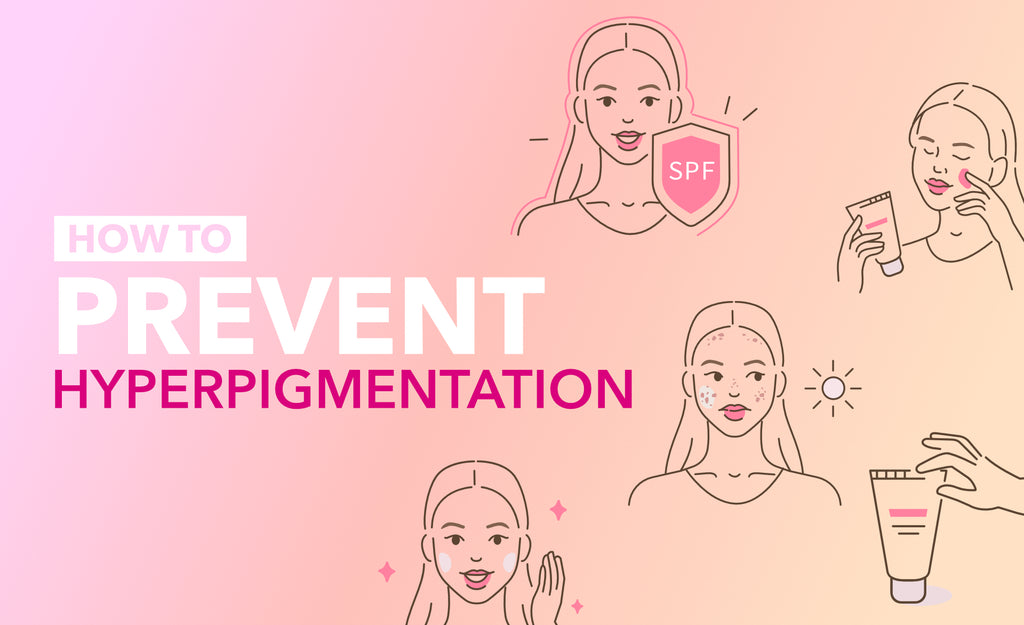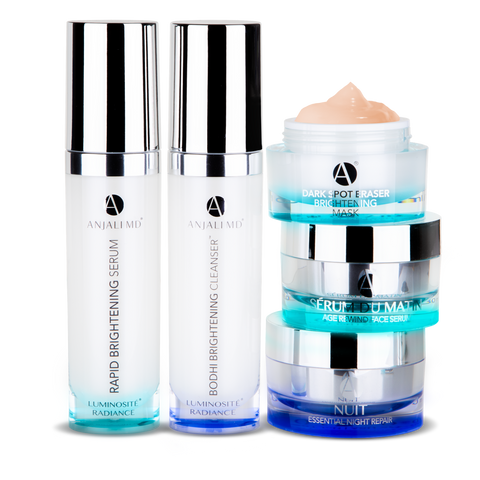Dark Spots: The Ultimate Guide
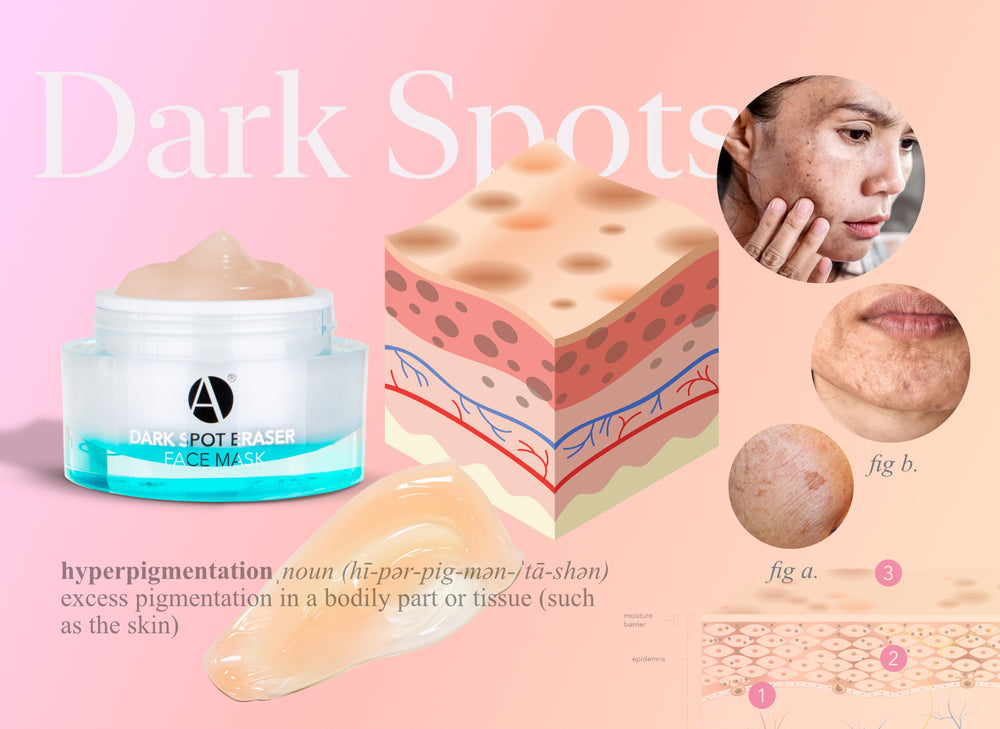
The ultimate guide to understanding the causes and treatments of brown spots, sun damage & hyperpigmentation.
What are Dark Spots?
Dark spots, also known as hyperpigmentation, are a common skin concern that affects people of all ages and skin types. These spots are characterized by areas of skin that are darker in color than the surrounding skin, and they can be caused by a variety of factors. In this post, we'll take a closer look at what dark spots are, how they form, and what you can do to treat them.
Also commonly referred to as: Hyperpigmentation, Age spots, Liver spots, Sun spots, Melasma, Dark patches, Brown spots, Uneven skin tone, Discoloration. (Sometimes mistakenly referred to as freckles)
What do Dark Spots Look Like?
Dark spots appear on the skin as dark patches. They can be very defined or they have be scattered and patchy. They are usually smooth. They should not be confused with moles. (See our guide to What’s the difference between a Mole and a Dark Spots)

Dark spots can appear on the face and on other parts of the body.
The Science of Dark Spots
Use this diagram to understand how dark spots form and darken:

How Dark Spots Form:
-
The melanocyte produces extra melanin. Melanin is the pigment that give your skin color. Sometimes the melanocyte produces too much pigment, due to genetics, sun damage or aging.
-
The extra pigment stays in the skin with nowhere to go.
-
Dark spots start to appear on the surface of the skin in the form of dark spots.
Causes of Dark Spots
Dark spots can be caused by a number of factors, including:
-
Sun exposure: One of the most common causes of dark spots is overexposure to the sun. When your skin is exposed to UV radiation, it triggers an increase in the production of melanin, which is the pigment that gives your skin its color. This can lead to the formation of dark spots over time.
-
Hormonal changes: Hormonal changes can also lead to the formation of dark spots. For example, women who are pregnant or taking birth control pills may develop dark spots due to changes in their hormone levels.
-
Age: As you age, your skin becomes thinner and more prone to damage. This can lead to the formation of dark spots, as well as other signs of aging like fine lines and wrinkles.
-
Inflammation: In some cases, dark spots can be caused by inflammation or injury to the skin. This can be the result of acne, eczema, or other skin conditions.
How to Protect Against Dark Spots
Dark spots can be a frustrating skin concern to deal with, but there are a number of effective treatment options available. By understanding what causes dark spots and how they form, you can take steps to prevent them from forming in the first place and treat them if they do appear. Remember to always wear sunscreen to protect your skin from UV damage and talk to your dermatologist about the best treatment options for your skin.
How to Get rid of Dark Spots
If you're dealing with dark spots, we offer a number of treatment options, these are our most popular solutions:
Dark Spot Eraser Mask
Use this mask 3-5 times a week for 30 minutes to lighten dark spots and get a dewey natural glow.
The Dark Spot Treatment System (Essentials)
Step things up by adding a daily vitamin-c brightening serum as well as a daily cleanser to exfoliate and brighten skin.
The Dark Spot Treatment System (Pro)
Go all the way with these 5 dark spot treatment products. A cleanser, mask, vitamin-c serum, and day and night cream for spots and wrinkles.








